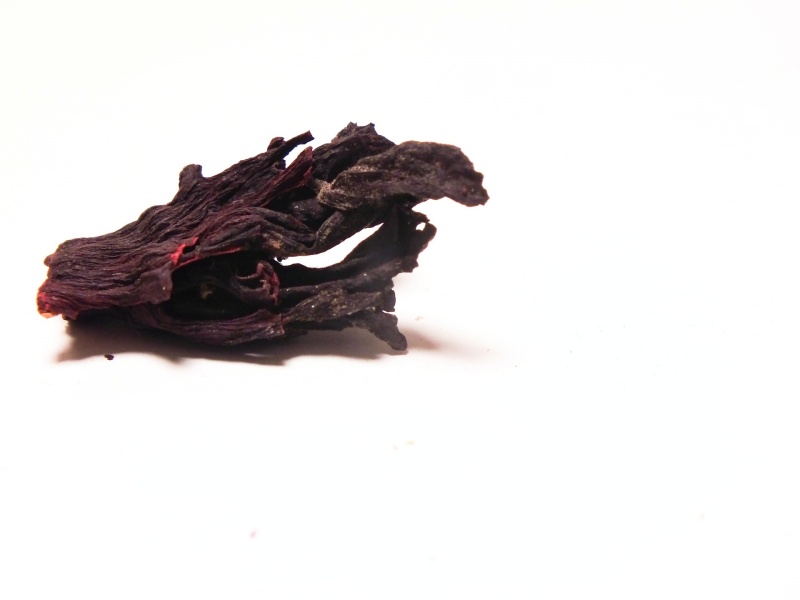New Program in Fairfield Will Tackle Poor Air Quality
By Alex Lunine, Resilient Communities Program Manager
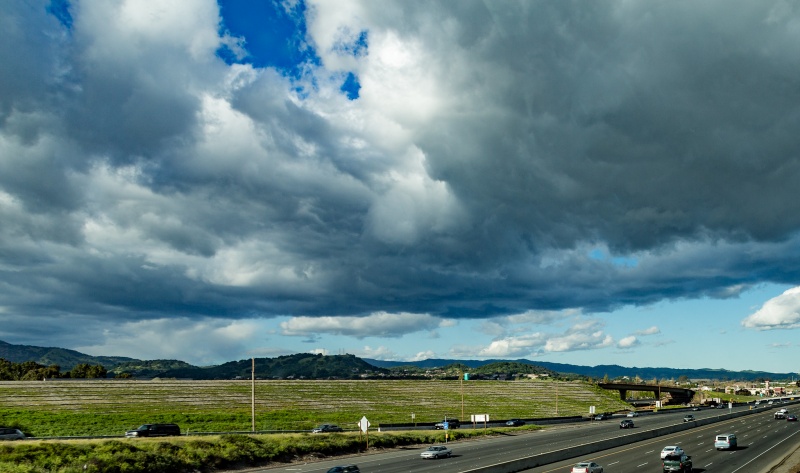
Interstate 80 cuts through Fairfield / Photo Credit: Tony Webster, Flickr
For too long, residents of Fairfield have had to shoulder a burden that, in large part, remains unseen by the naked eye — poor air quality. Despite its lack of visibility, this threat follows many residents in all aspects of their lives in the form of increased rates of asthma and higher rates of cardiovascular disease. This strain prevents children from playing outside, ruins family barbeques, and makes it harder for residents to connect and enjoy our community spaces. A new program from Sustainable Solano, with funding from the California Air Resources Board, invites you to join the grassroots movement to ensure everyone in Fairfield can breathe clean and safe air.
Being wedged between Interstate 80 and Highway 12, Fairfield is vulnerable to the pollutants produced by high volumes of traffic. Additionally, wildfires fill our air with dangerous smoke that can make simply going outside a risk to our health. Through the new air quality program, Sustainable Solano will collaborate with Fairfield residents through the establishment of a high school Youth Air Protectors Program and an extensive community outreach campaign.
The Youth Air Protectors program will assist Fairfield in reclaiming the clean air we all have a right to, inspiring a new generation of activists. High school students will have the opportunity to problem solve as a tight-knit team to tackle air pollution. Each team of up to 10 students will make a five-month commitment to the program, with the first group starting work this fall. Youth Air Protectors will be empowered to collect air quality data in Fairfield, analyze the sustainability of Fairfield’s urban planning, and reflect on how environmental hazards disproportionately impact different communities. Students will play a pivotal role in spreading air quality awareness in Fairfield and will help spearhead the movement for a more walkable and sustainable future. SuSol will share more information on how to apply for the Air Protectors program in the coming weeks.
We are excited to form bridges with Fairfield residents to forge a community-centered push for clean, breathable air. We hope to see collaborations with passionate Fairfield residents that will inspire widespread participation in clean air advocacy. In conjunction with the Youth Air Protectors, we will draw upon the needs of the community and will work with local leaders to provide beautification projects that can encourage more walking and biking, as opposed to driving. Finally, using direct community feedback and conversations, we will assist the people of Fairfield in constructing an Air Quality Action Plan that will serve as a blueprint for continued efforts in addressing air quality within the city and serve as a model for other cities.
The air quality program is part of California Climate Investments, a statewide initiative that puts billions of Cap-and-Trade dollars to work reducing greenhouse gas emissions, strengthening the economy, and improving public health and the environment — particularly in disadvantaged communities.
Fairfield needs active community members to make our city a safe, green, and beautiful community for all of us. If you are interested in becoming a sustainability leader – as a student or concerned resident – or if you have any questions, please reach out! I can be contacted directly via email at alex@sustainablesolano.org. I look forward to building a brighter Fairfield, together.
Youth Air Protectors Program
The program is a five-month commitment with priority given to Fairfield students, though open to any high school students in Solano County.
The program will
Create valuable leadership experiences;
Prepare you to effectively communicate the importance of sustainability;
Serve as a gateway for a future career in environmental science;
Provide impactful and engaging volunteer hours;
Offer a stipend for successfully completing the program.
Interested in joining the fall group? Contact alex@sustainablesolano.org


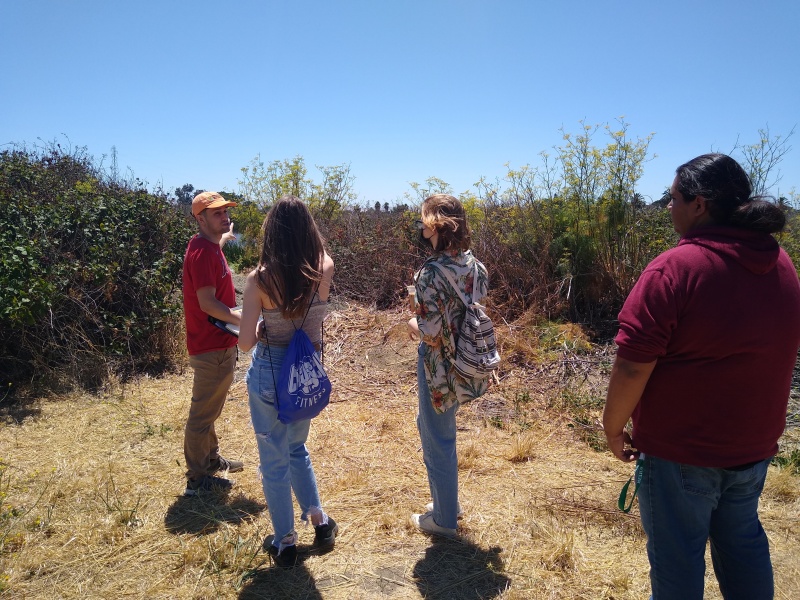
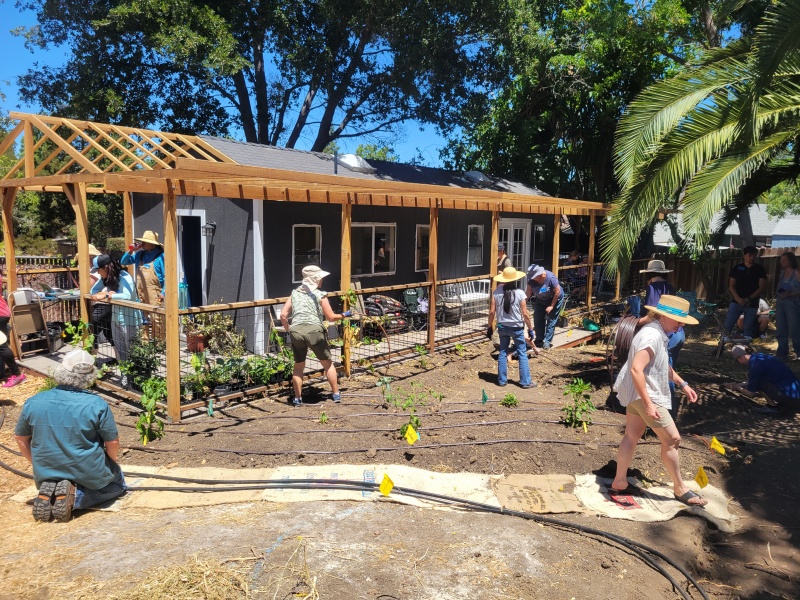
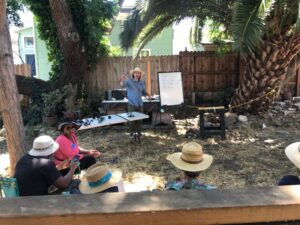 There were familiar faces and new students. The teaching garden was quiet, shady and calm. Instructor Seth Wright of
There were familiar faces and new students. The teaching garden was quiet, shady and calm. Instructor Seth Wright of 